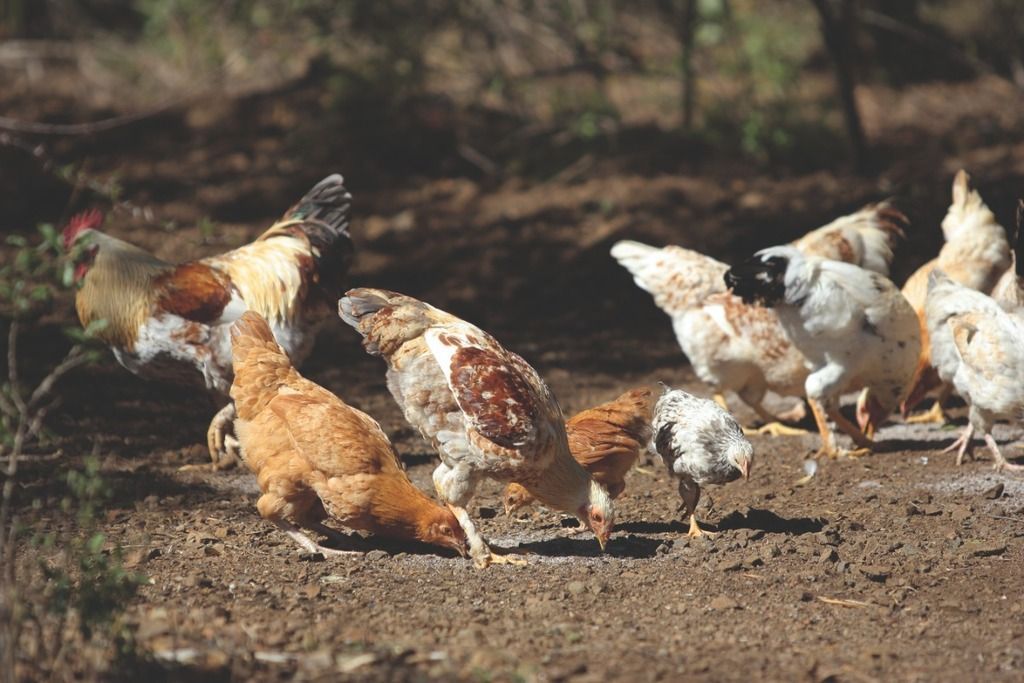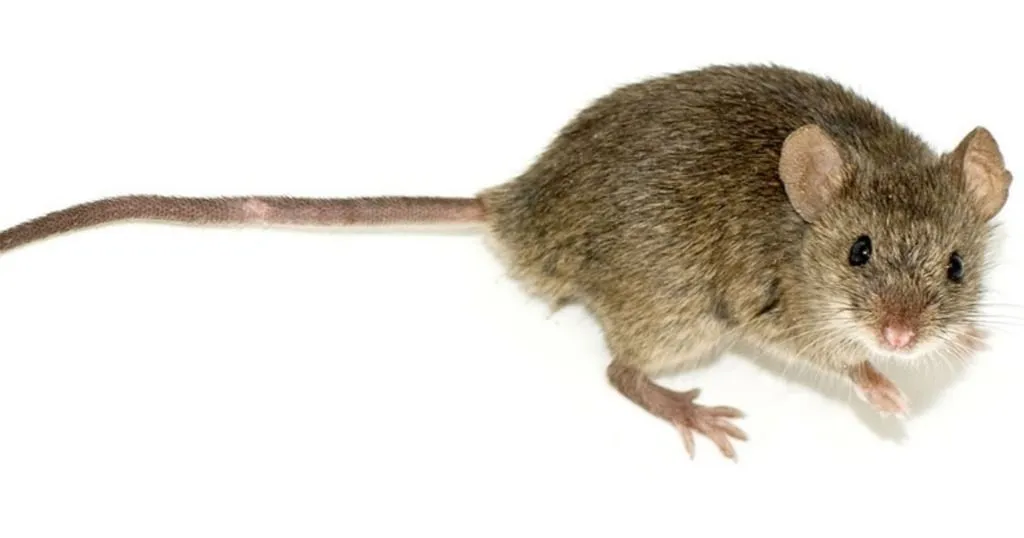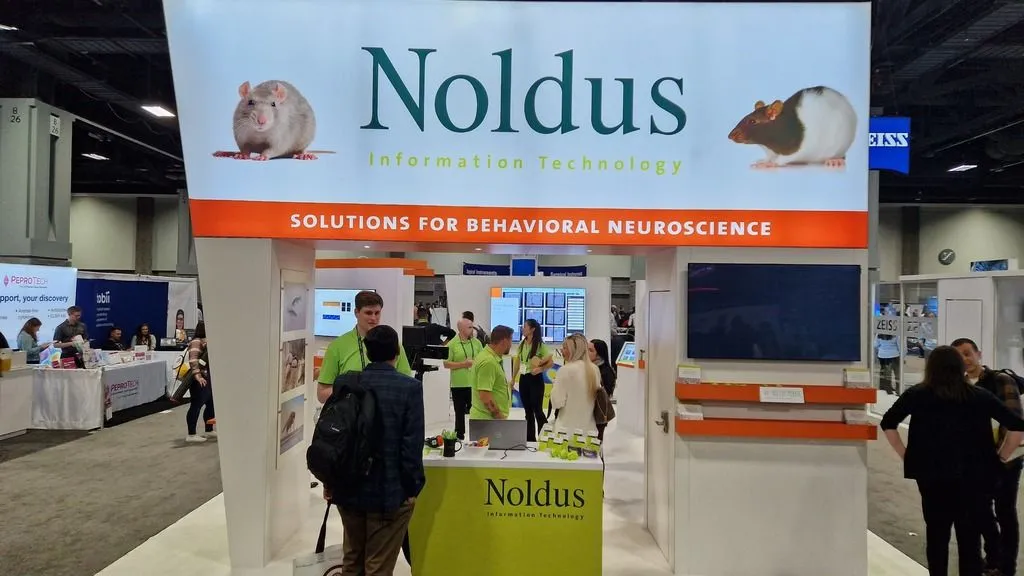Tracking chickens: A promising approach for identifying feather-peckers
Manually observing chickens in barns is a tedious job to which ultra-wideband tracking offers a solution. But does it interfere with normal behavior?
Posted by
Published on
Tue 21 Nov. 2017
Topics
| Chickens | Livestock | Positioning System | Tracking | TrackLab | Ultra-wideband |
Manually observing individual chickens in today’s large chicken housing systems has become a tedious job. From laying hens to broiler chickens, one of the major problems with chickens grouped together is feather-pecking behavior, where a chicken will peck at the feathers of another chicken and causes them harm. Tracking systems have gained popularity over the years to automatically locate subjects and to analyze location-based data for livestock behavioral research. Following this trend, automated tracking systems such as ultra-wideband (uwb) have become very important in quickly identifying individual chickens in large groups for behavioral analysis. However, do the uwb tags interfere with normal behavior? For example, do they increase feather-pecking behavior or lead to tagged chickens being victims of feather-pecking behavior?
Influence of wearing uwb tags on chicken behavior and health
For quality results, researchers studying behavior need the collected data to be accurate and true. It is also good to know if monitoring chickens with uwb tags negatively affects their health and welfare.
With uwb tracking, the researcher receives the exact location of a chicken, which is good for determining proximity and analyzing their behavior. However, tags are active which means they need a battery, presenting a potential problem of the weight of the tag.
Flanders Research Institute for Agriculture, Fisheries and Food (ILVO) in Belgium, carried out a research with the goals of assessing the effect of uwb tags on broilers (Stadig et al, 2017). Would they be less active? Would the tag decrease their health and growth or would the tag lead to more pecking behavior?
Method and data collection
The tags were attached to randomly selected chickens using backpacks with adjustable straps around the wings to accommodate for growth. The chickens were observed using continuous video recordings.

Results on chicken behavior and health
The results of the research show no substantial difference in activity including feather-pecking, health, or growth because of the tag. Any differences observed were diminished over the course of the research, indicating that the tagged chickens adapted to the tags or that their increasing body weight reduced the effect of the tag. More research is needed here to determine the exact cause.
Automated tracking and detecting behaviors
Seeing as uwb tags do not interfere in chicken behavior and health, a next question would be if the tracking system helps to measure feather-pecking behavior. To find out, Wageningen University (The Netherlands) aimed to developed methods for automatic recording of location. With PhenoLab, activity and proximity information on laying hens was gathered. (Rodenburg et al, 2017).
Method and data collection
The activity levels of chickens known to show pecking behavior were compared to chickens that didn’t. Two tracking systems were used: video tracking with EthoVision XT and uwb tracking with TrackLab. Because the PhenoLab offers a controlled environment for studies on multiple animals, it was the ideal test-site to validate the accuracy of TrackLab compared to EthoVision XT, a validated and commonly used video tracking system for tracking in controlled environments. Video tracking, however, is a solution that does not work well for individual tracking of multiple animals in real barn environments.
Results on detecting behaviors
In line with previous studies, high feather-peckers show a higher activity level in this research. The study in the PhenoLab also showed that with an accuracy of 96% compared to EthoVision XT, TrackLab is a reliable tool for research on spatial behavior in real-world environment studies.
Conclusion
It can be said that automated tracking systems such as those using uwb tags are becoming increasingly popular because of their accuracy and the insights into behavioral patterns they provide. The tags do not seem to interfere with a chicken’s behavior or health. Therefore, this technology is suitable for providing early warning signs for damaging behaviors such as feather-pecking.
References
- Stadig, L. M., Rodenburg, T. B., Ampe, B., Reubens, B., & Tuyttens, F. A. (2017). An automated positioning system for monitoring chickens’ location: effects of wearing a backpack on behaviour, leg health and production.Applied Animal Behaviour Science, doi:10.1016/j.applanim.2017.09.016
- Rodenburg T.B., van der Eijk J.A.J., Pichová K., van Mil B., de Haas E.N. (2017). PhenoLab: automatic recording of location, activity and proximity in group-housed laying hens.Precision Livestock Farming ’17, pg 269-274.
Related Posts

IR backlight in rodent behavioral testing

Normalization of blood sugar reduces enhanced rewarding effect of smoking

